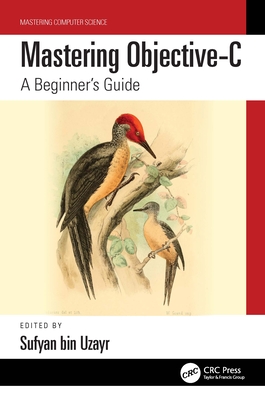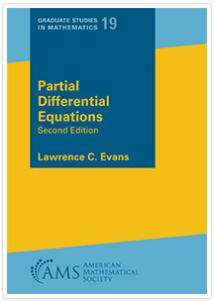
Wheat
农业史
¥
2648.00
售 价:
¥
1986.00
优惠
平台大促 低至8折优惠
发货周期:通常付款后3-5周到货!
作 者
出 版 社
出版时间
2022年03月21日
装 帧
精装
开 本
16.83 x 24.45 cm.
语 种
英文
综合评分
暂无评分
- 图书详情
- 目次
- 买家须知
- 书评(0)
- 权威书评(0)
图书简介
Wheat: Environment, Food and Health will begin with an overview of the current importance of wheat for food security and explanations of how and why this prominence has occurred. Coverage will include evolutionary and historical perspectives; the adaptability of wheat; the unique qualities of wheat grain; the investments in production, breeding and processing technologies; and factors related to wheat being a globally traded commodity. The reader will be introduced to the impacts that the wheat crop can have on the environment, the challenges that environmental change will pose for meeting demand, and the various effects that wheat consumption can have on human health.Subsequent chapters will deal in detail with factors introduced in the above. Specifically, sections will deal with how wheat is grown, how production methods are influenced by environment and climate change, and how production affects environment (in terms of use of non-renewable resources, diffuse pollution, greenhouse gas emissions, soil quality, and biodiversity). Methods of reducing environmental impact will include those to improve the efficiency with which resources (land and soils, water, nutrients, and light) are used. The bases and methods of sustainable production philosophies such as organic, conservation and climate-smart agriculture will be explained. The development, structure and composition of wheat grain will be described, as will how these factors influence milling, processing, and characteristics relevant to human health. Significant attention will be paid to the genetic basis of environmental adaptability, resource-use efficiency, and product quality. Existing variety classes and groupings will be described, together with methods for exploiting genetic diversity, derived for example, from traditional landraces and ancient wheats, to improve sustainability and quality of production. Modern methods for identifying and introducing genetic diversity will be covered. Further sections will provide syntheses as to the implications of growing for crop quality and human health and to answer questions. For example, how can farmers affect crop quality for specific markets; what are the effects of factors that cannot be controlled by the farmer such as climate, weather and location and what quality markets represent particular environmental challenges? Conversely, what are the quality implications of growing wheat with a lower environmental footprint? The concluding chapter will identify the challenges that remain: in particular, how can we intensify wheat production and improve product quality for human health whist reducing the crops environmental footprint? This section will include some case-studies demonstrating how these challenges are being addressed with modern technologies and new approaches.
本书暂无推荐
本书暂无推荐













